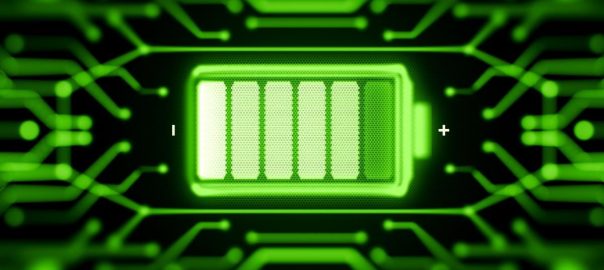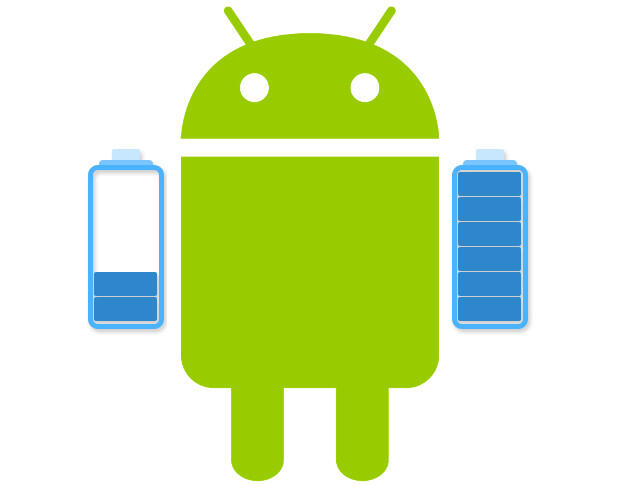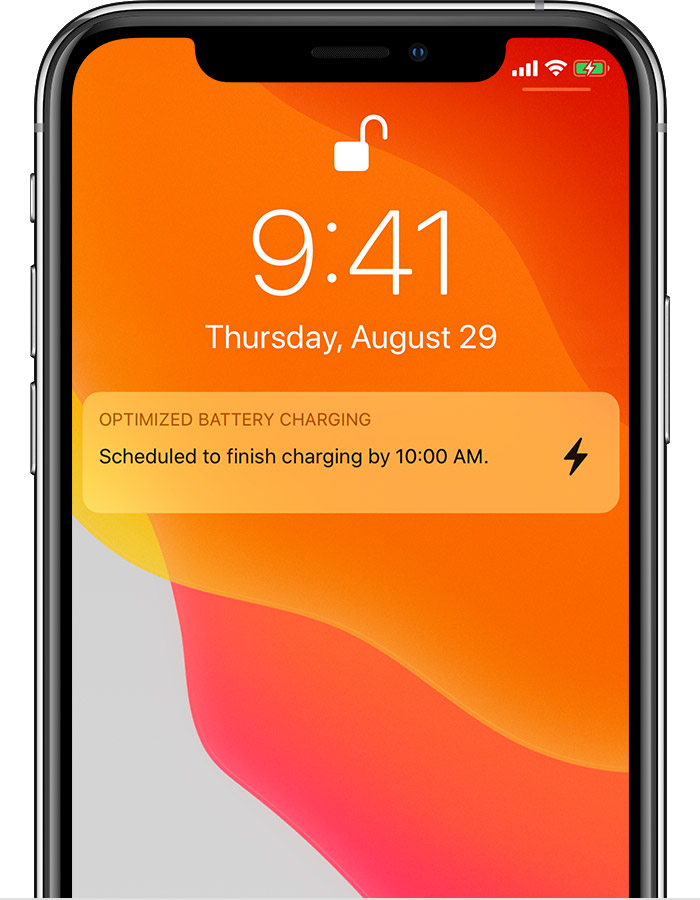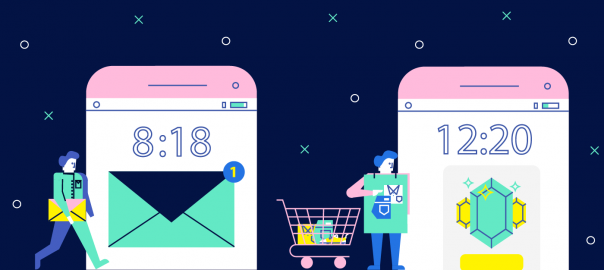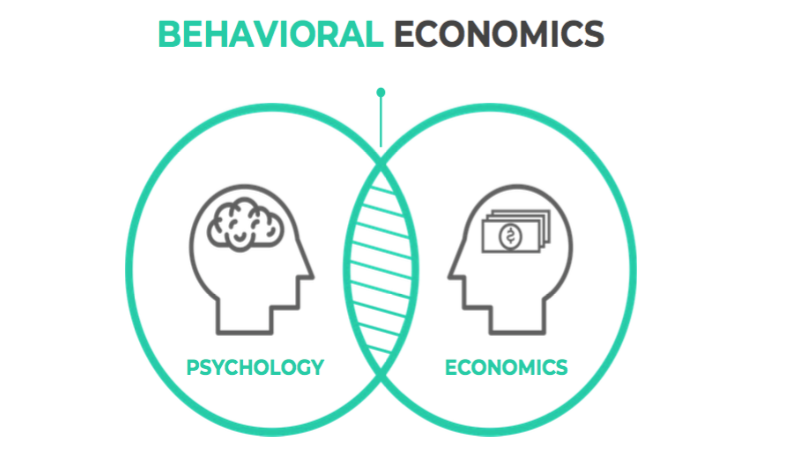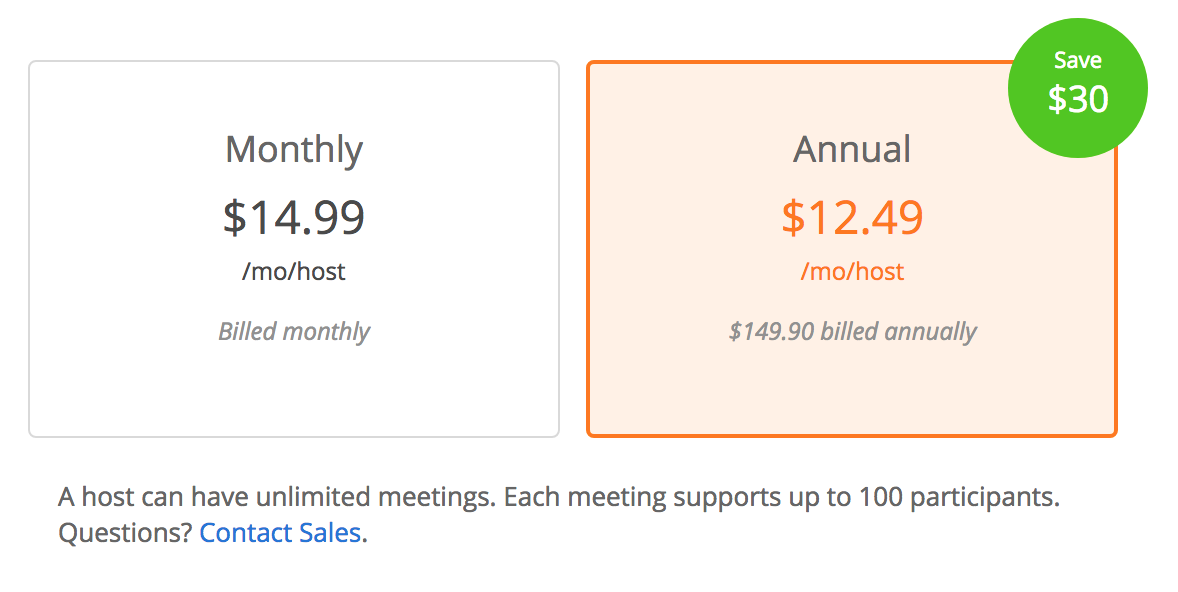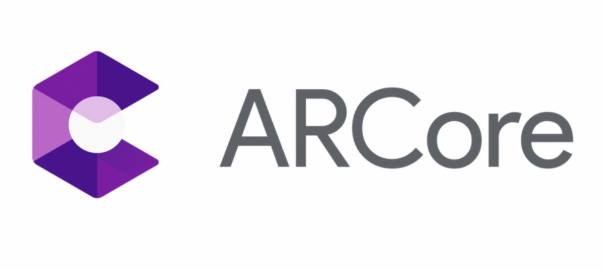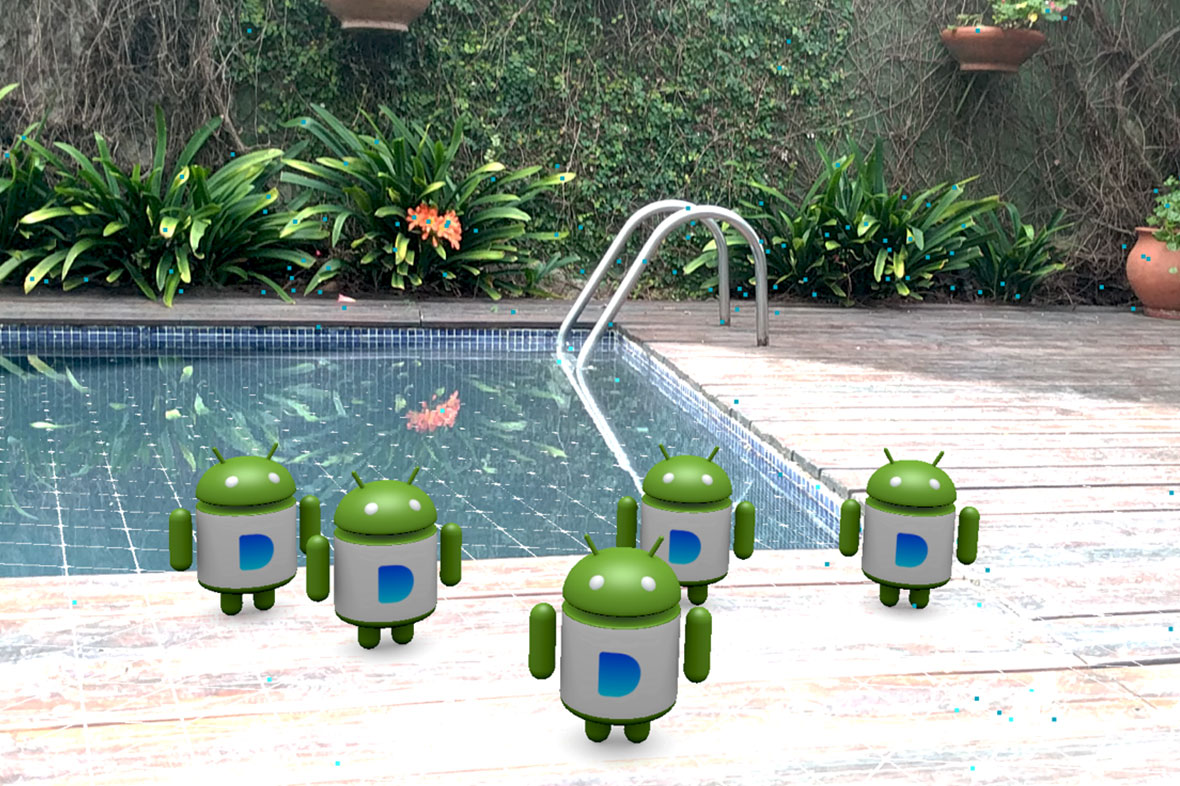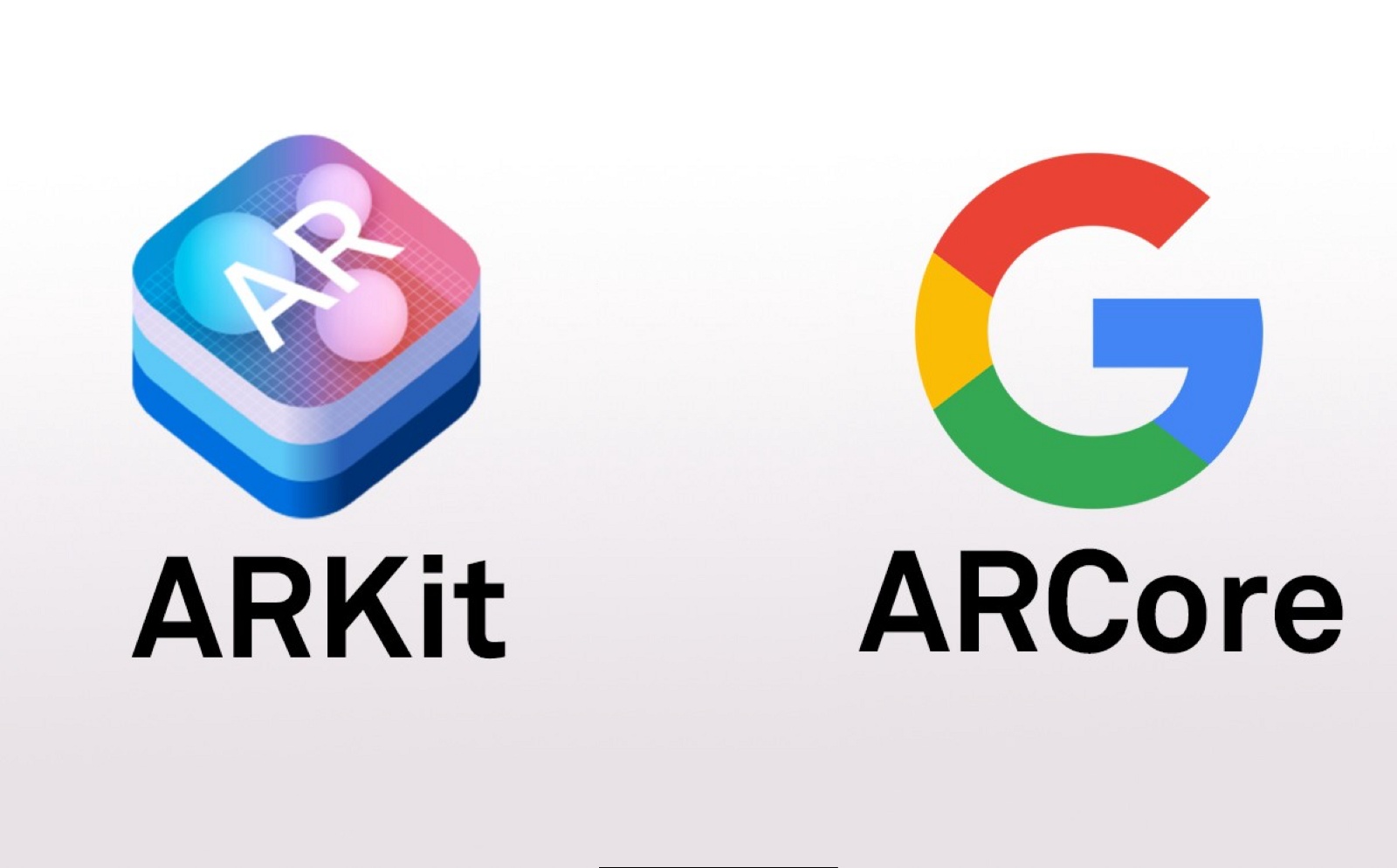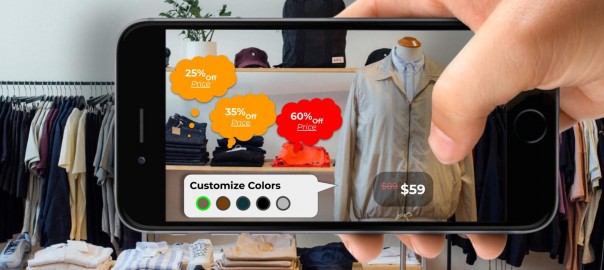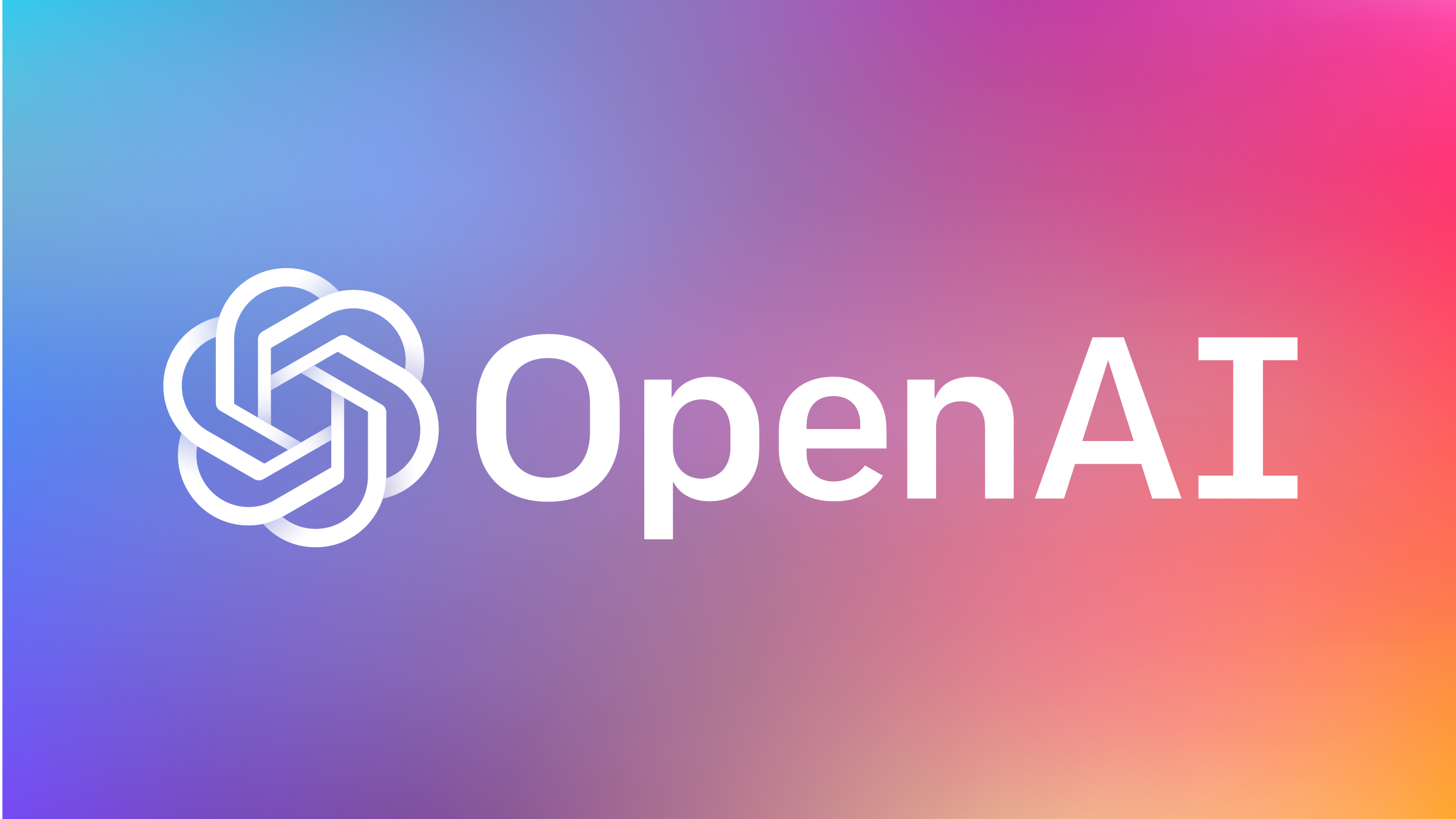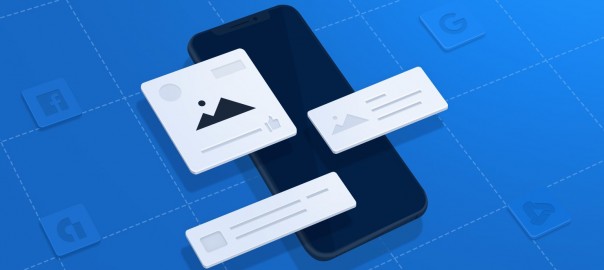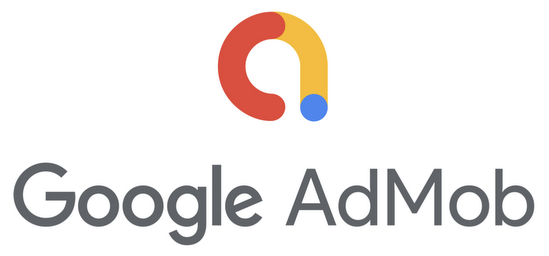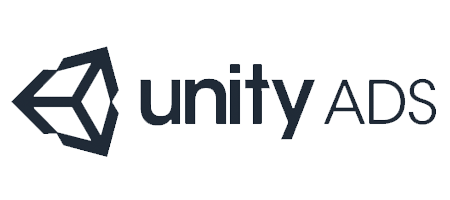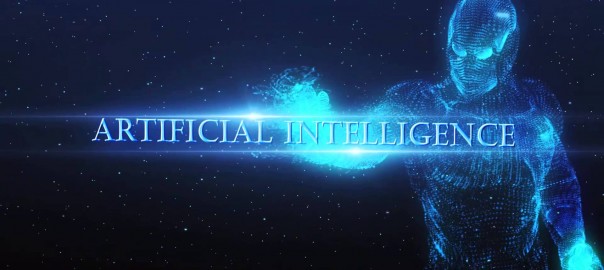Mobile App Development in Salt Lake City, UT
If you’re looking for a Salt Lake City mobile app development partner who can take your product from idea to launch (and keep improving it after release), Mystic Media builds scalable, custom iOS and Android applications for startups through enterprise teams—right here in Utah.
We deliver full-cycle product development: app modernization, native and cross-platform builds, UX/UI design, testing, and guided deployment to both Google Play and the App Store—plus ongoing support as your app grows and evolves.
Mobile App Development Services | Case Studies | Testimonials
What we build for Salt Lake City teams
iOS, Android, and cross-platform apps
- Native iOS and Android applications
- Cross-platform apps (when speed-to-market and one codebase make sense)
- App modernization (audits, redesigns, performance improvements, scaling)
Integrations that make your app run the business
We regularly integrate mobile apps with third-party APIs, custom backends, analytics, and business systems—tailored to your workflows, reporting needs, and data requirements.
Launch + long-term ownership
From concept through release, we help ensure smooth deployment on the App Store and Google Play. Post-launch, we stay engaged with maintenance, feature rollouts, and ongoing improvements as your app adapts and expands.
Featured Salt Lake City case studies
Bean There Camping (Bean Trailer) — iOS + Android app built for real-world connectivity
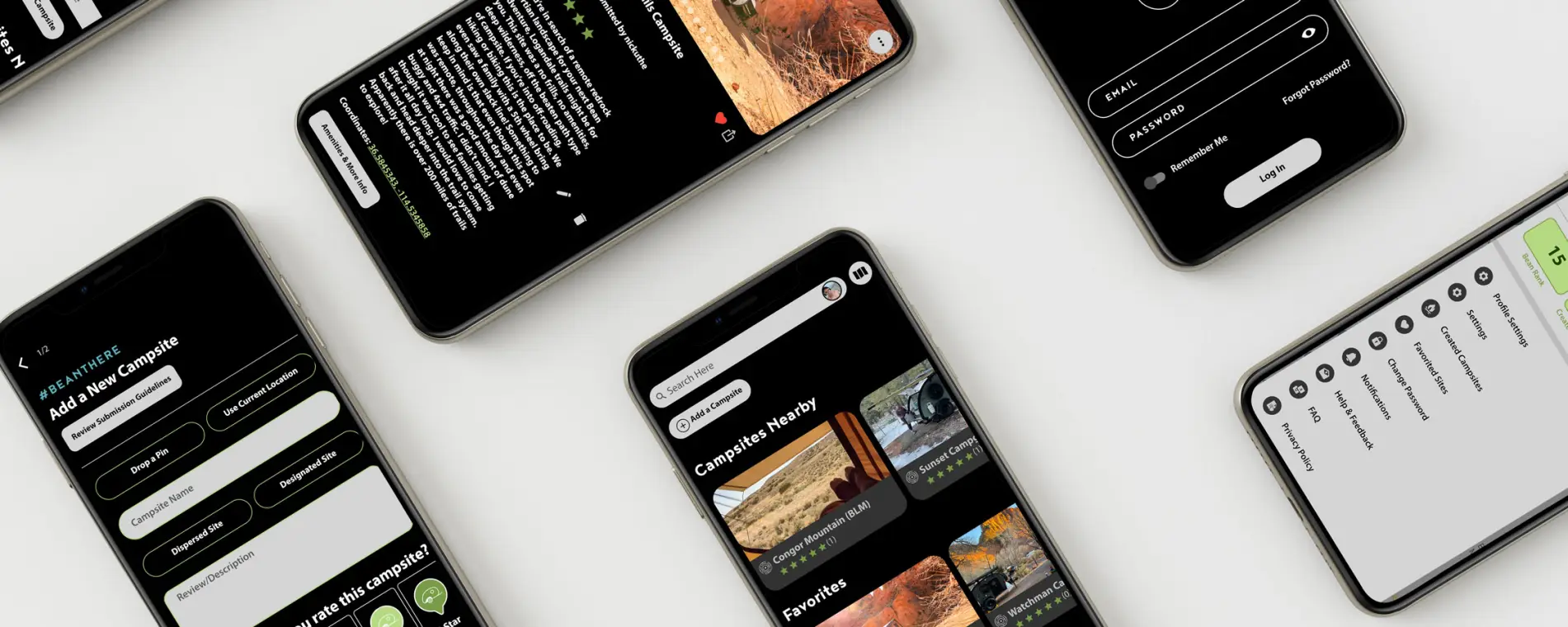
Built as a proprietary campsite destination resource, this app combines a customer-only campsite database with social features that support discovery, reviews, and trip sharing. It’s designed to work online and offline—ideal for spotty campground service.
Won-Door Programmer — modern mobile tool replacing proprietary hardware workflows
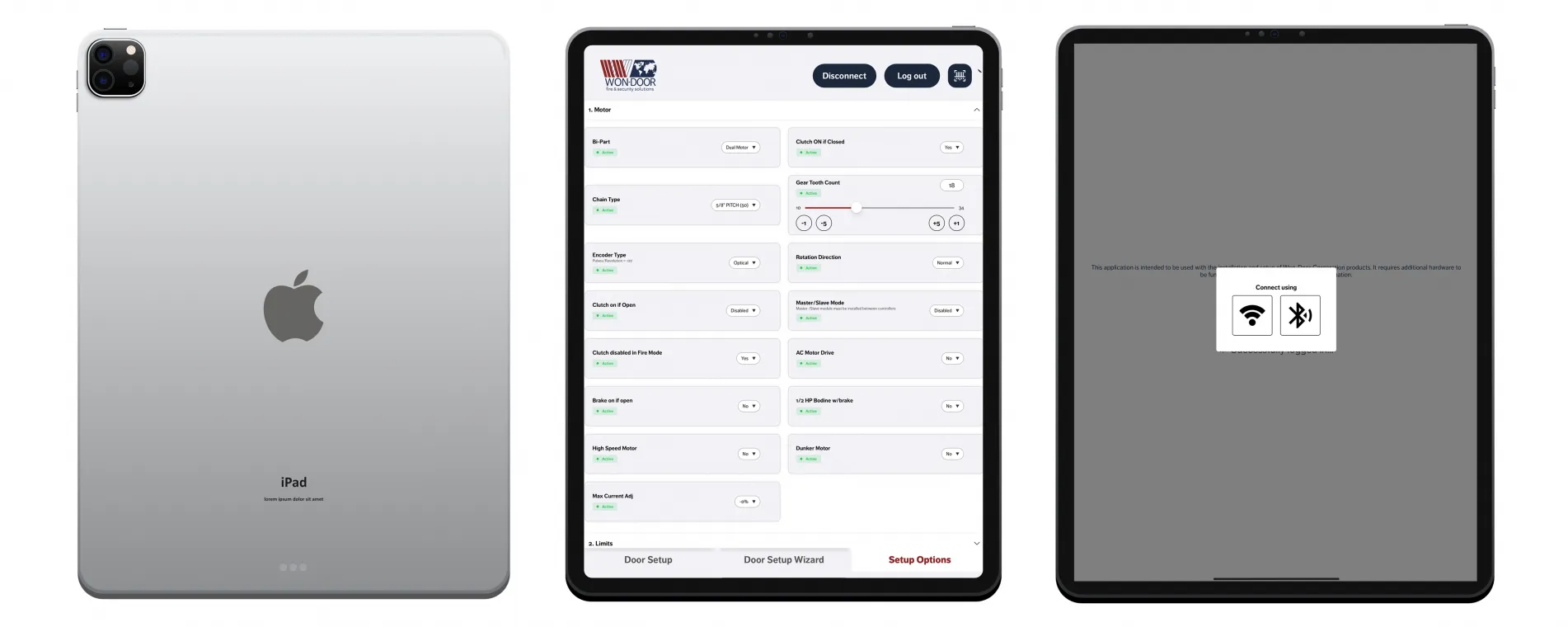
Replaced an installer workflow previously handled by a proprietary hardware device with a modern mobile experience.
Delivered an iOS/Android installer app optimized for phones and tablets, plus an administrative portal supporting installer management and diagnostics.
Apt CoWork — iOS + Android + web app for booking coworking spaces

Delivered iOS, Android, and web applications that let users sign up and book coworking spaces, backed by reporting and monitoring tools—including workspace connectivity tracking.
Monarch Education — secure, AI-powered education platform
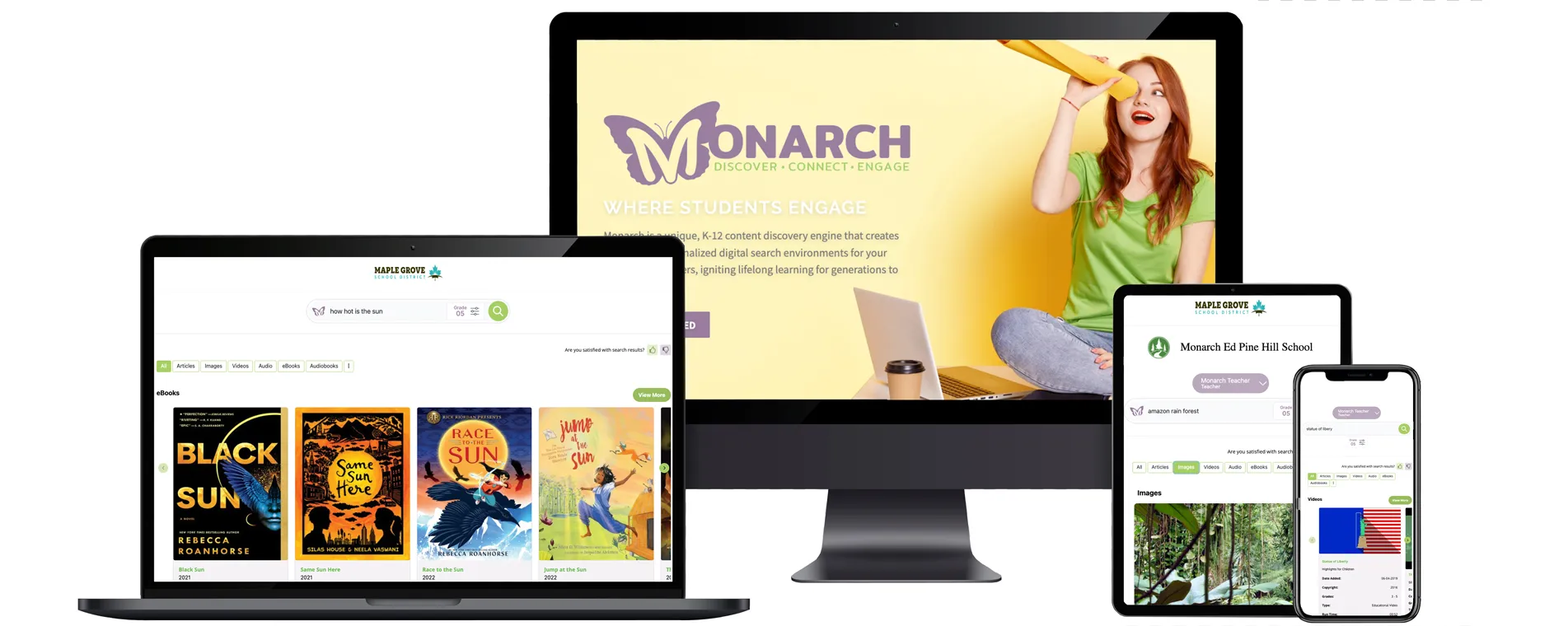
Supported scoping and MVP planning with milestone-driven execution on a strict timeline to help launch an enterprise education software platform focused on secure, personalized experiences for students and teachers.
What Salt Lake City clients say
- Apt CoWork (Salt Lake City, UT): praised attention to detail and timely delivery.
- Bean Trailer (Salt Lake City, UT): noted the value of partnering with a local Salt Lake City development agency.
- Won-Door (Salt Lake City, UT): highlighted clear and easy communication with the project manager.
- Car Concepts (Salt Lake City, UT): commended strong communication and high-quality work delivered on time.
Read more customer testimonials
FAQ
How much does mobile app development cost in Salt Lake City?
Costs vary based on complexity, features, platforms, and integrations. We provide detailed estimates after a discovery phase and can tailor solutions to different budgets.
How long does it take to build an app?
Many projects land in the 8–20 week range depending on scope, integrations, and feedback cycles.
Can you improve an app you didn’t build?
Yes—through audits, codebase reviews, redesigns, and enhancement work to optimize performance or scale for growth.
Ready to build your app in Salt Lake City?
Whether you’re launching something new or modernizing an existing product, Mystic Media can take you from strategy and UX/UI through development, launch, and ongoing support—backed by a Salt Lake City-based team and local case study wins.
Explore Mobile App Development Services or browse case studies.

